Crveni krst
In the town of Nis, about 200 kilometres south of Belgrade, the Nazis set up in 1941 a concentration camp to imprison mainly Serbian communists and partisans. The camp was set up in the former military repository and it was organized similar to other Nazi concentration camps set up in occupied Europe. The main camp was not at large and only measured about 300 * 300 meters. The first prisoners were Serbian Jews sent there in September 1941. But in the same month serbian non-Jews began to be imprisoned. Conditions were neither worse nor better than other Nazi camps. Inadequate housing, lack of sanitary facilities, lack of medicine, lack of food, maltreatment, torture and the risk of being sent to nearby Bubanj for execution. This led to the prisoners rebelling on February 12, 1942. Without weapons, the prisoners attacked the armed guards and about 100 prisoners managed to escape. After the rebellion, all Jewish men were killed at Bubanj and all Jewish women and children were sent to the Sajmiste camp in Belgrade and killed. In order to strengthen surveillance and make new escape attempts more difficult, the Germans built a wall around the camp. The last execution took place on September 14, 1944. A month later, the camp was liberated by Yugoslav partisans. As always, its difficult to determine how many passed through the camp and how many of them died in the camp. A figure mentioned is about 30,000, of which about 10,000 were killed at Bubanj.
Current status: Preserved with museum (2009).
Location: 43°19'50" N, 21°53'15" E
Get there: Walk from central Nis.
Follow up in books: Pavlowitch, Steven: Hitler’s New Disorder: The Second World War in Yugoslavia (2008).
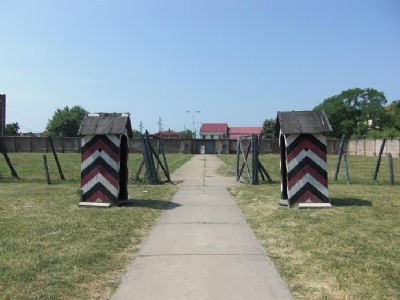
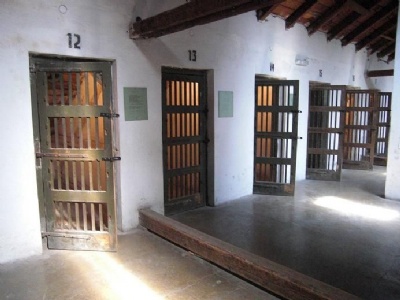

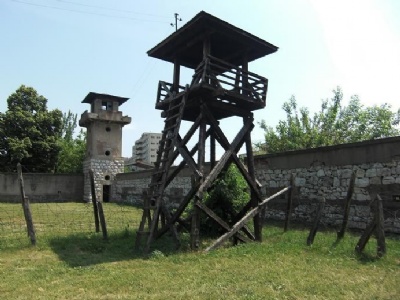
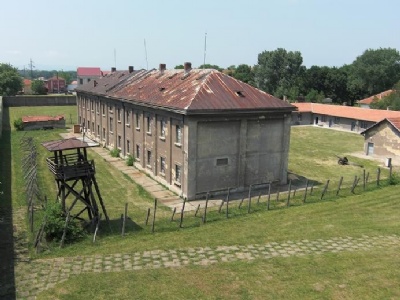

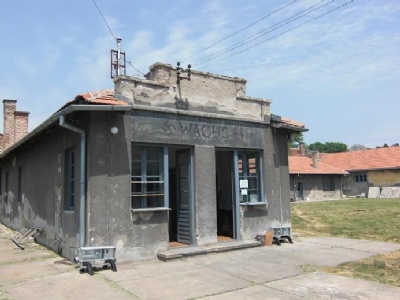

Something that is unique about the camp is not only that it was liberated completely intact but also kept intact. But after the liberation the camp fell into oblivion and was until the museum opened in 1967 abandoned. All the buildings remain and in prisoner’s main building there is an exhibition about the camp. On top floor the punishment cells are preserved. The buildings used by the SS belong to the museum’s administration and other buildings such as the prisoners’ toilet, prison wall and watchtowers remain. It is even possible to climb up in the watchtowers, although not entirely safe to do so. All buildings, including the watchtowers, are in great need of restoration and security flaws. Crveni krst means red cross and the reason why the camp was named Red Cross was because the area the camp was located in was called the Red Cross.